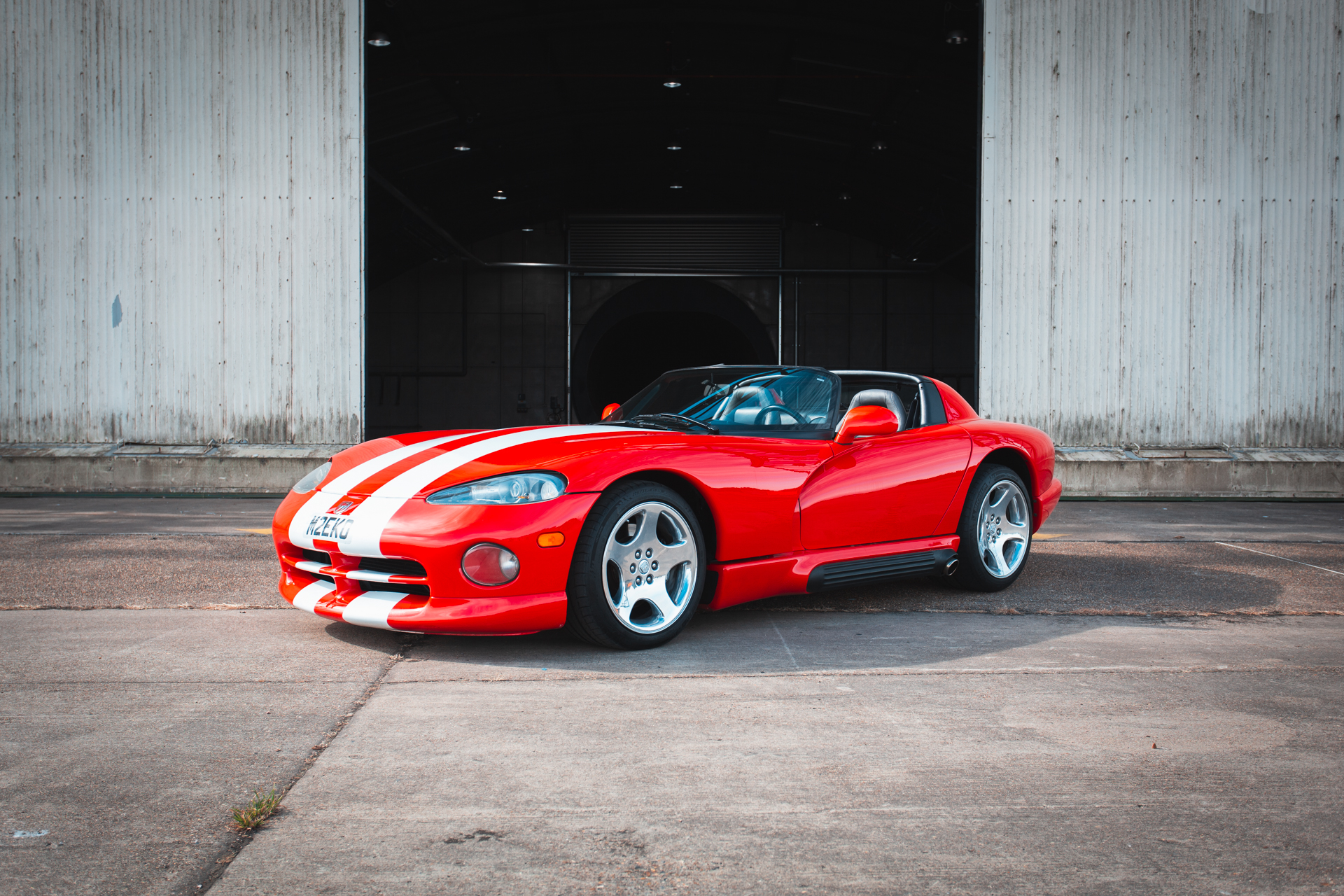
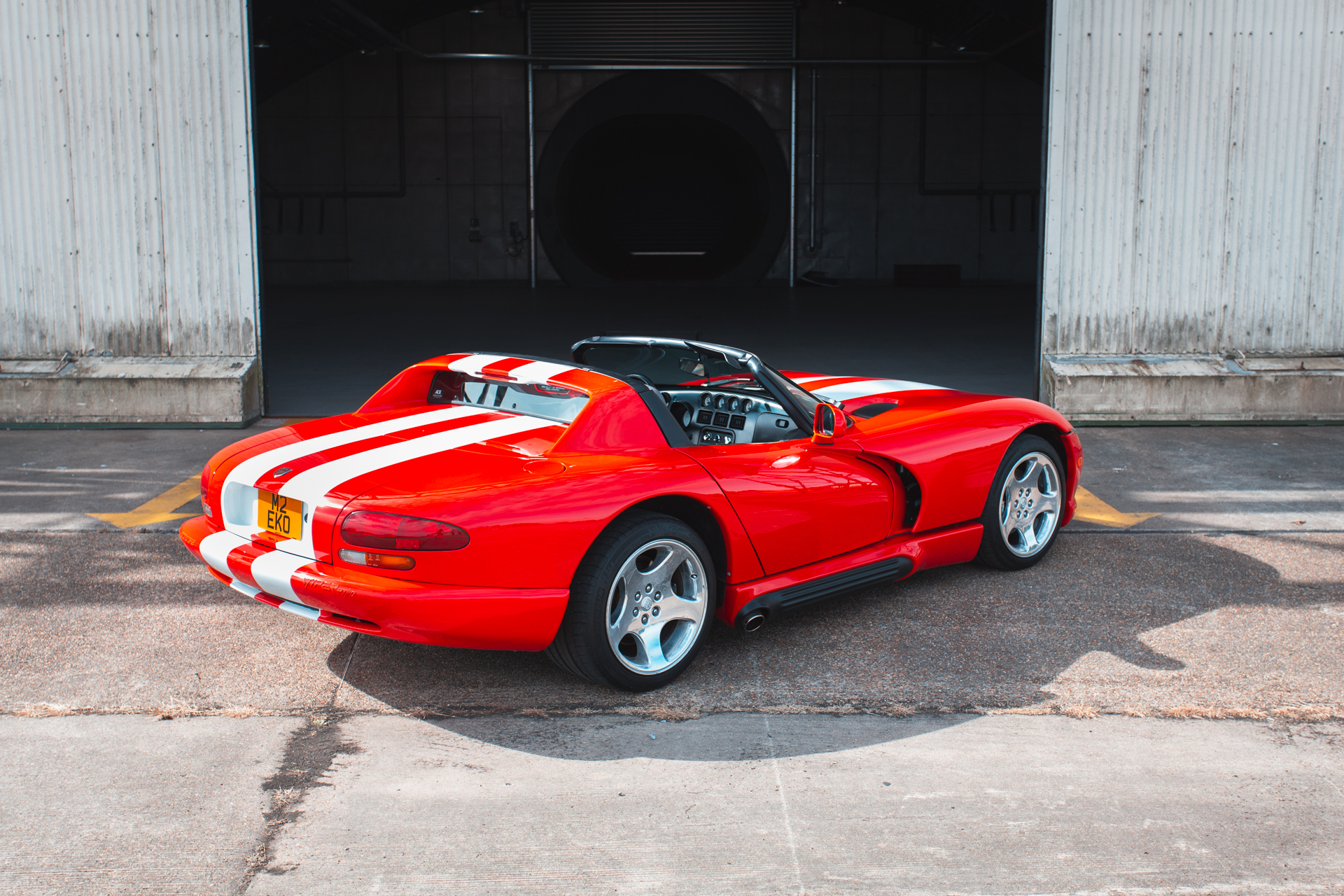
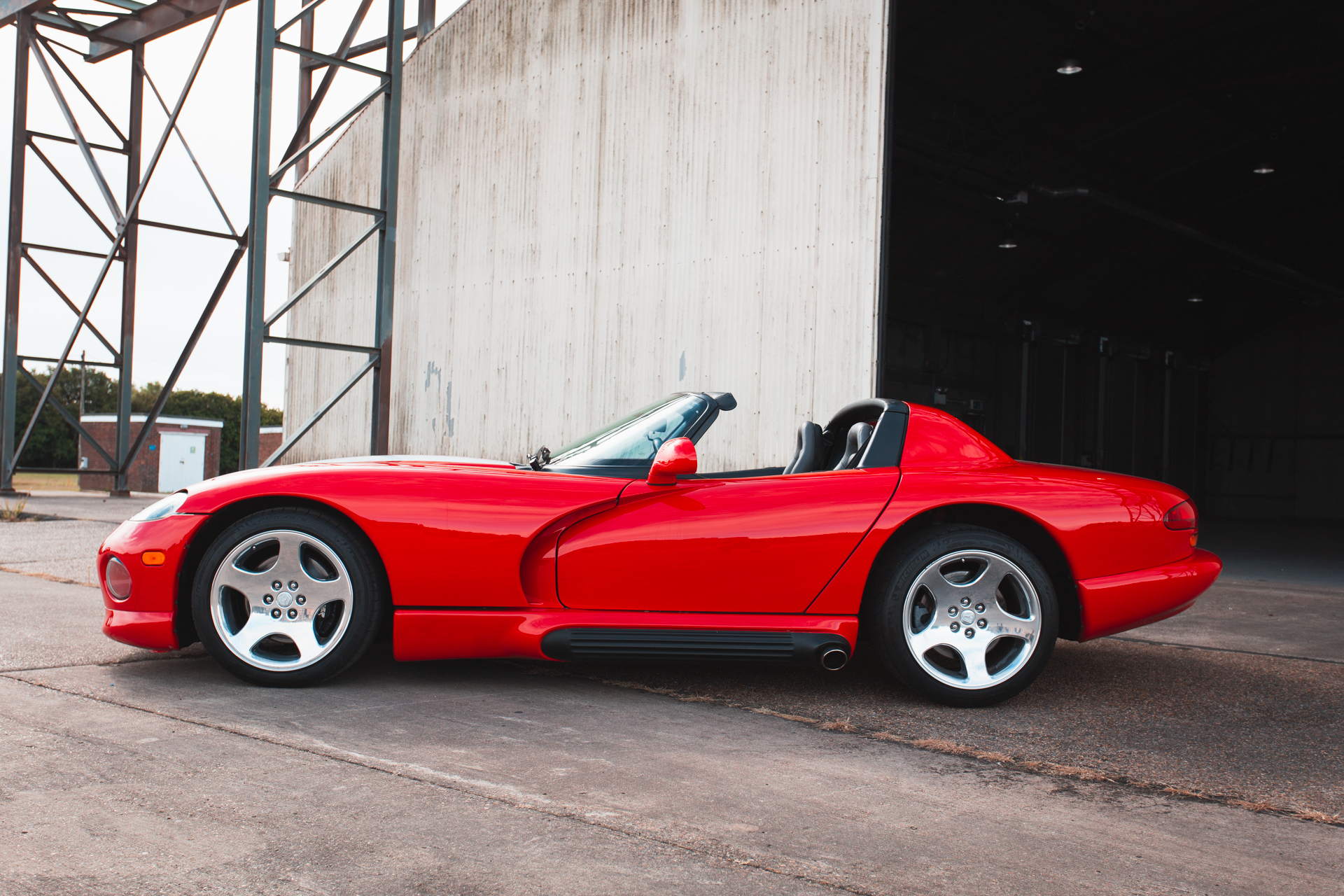
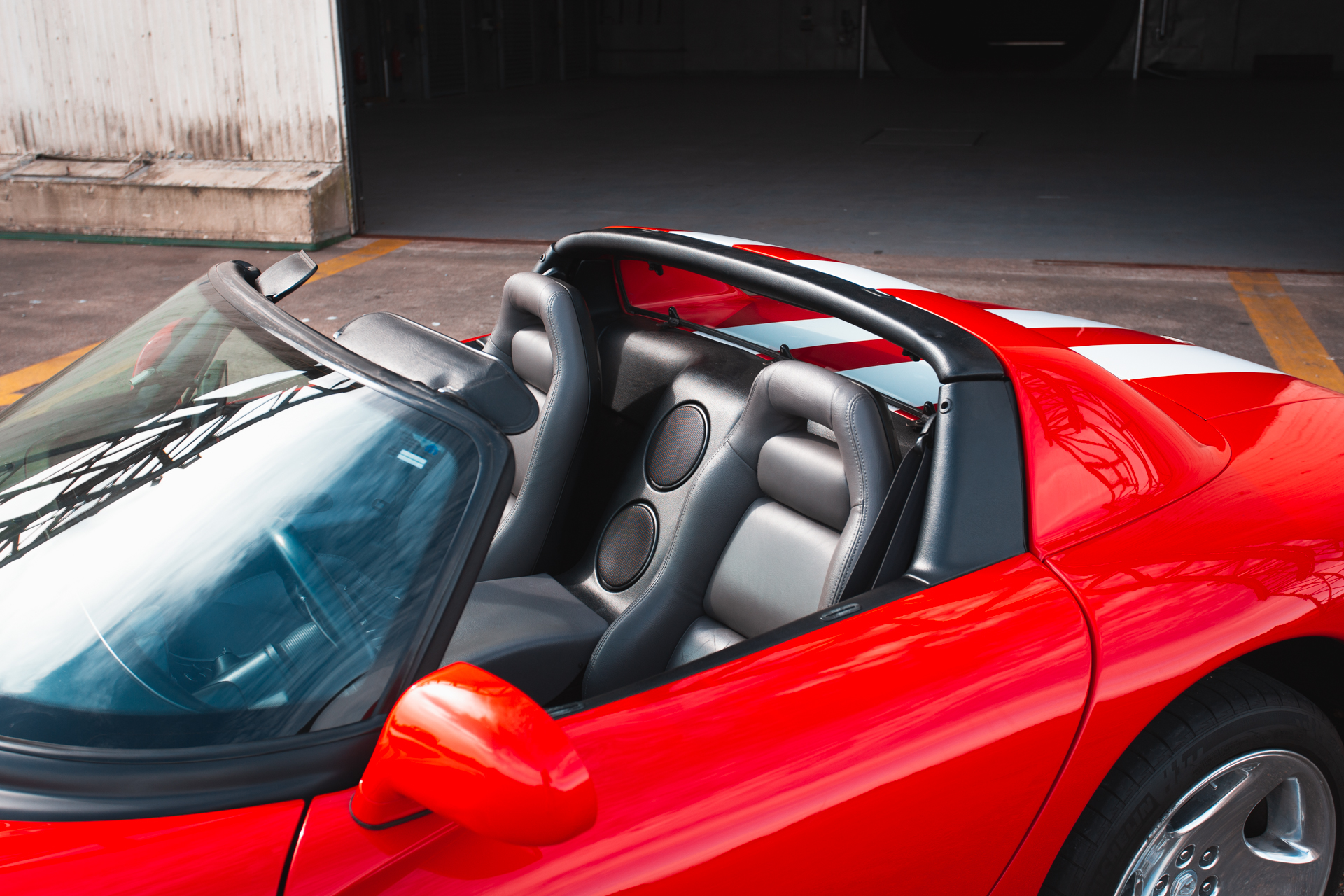
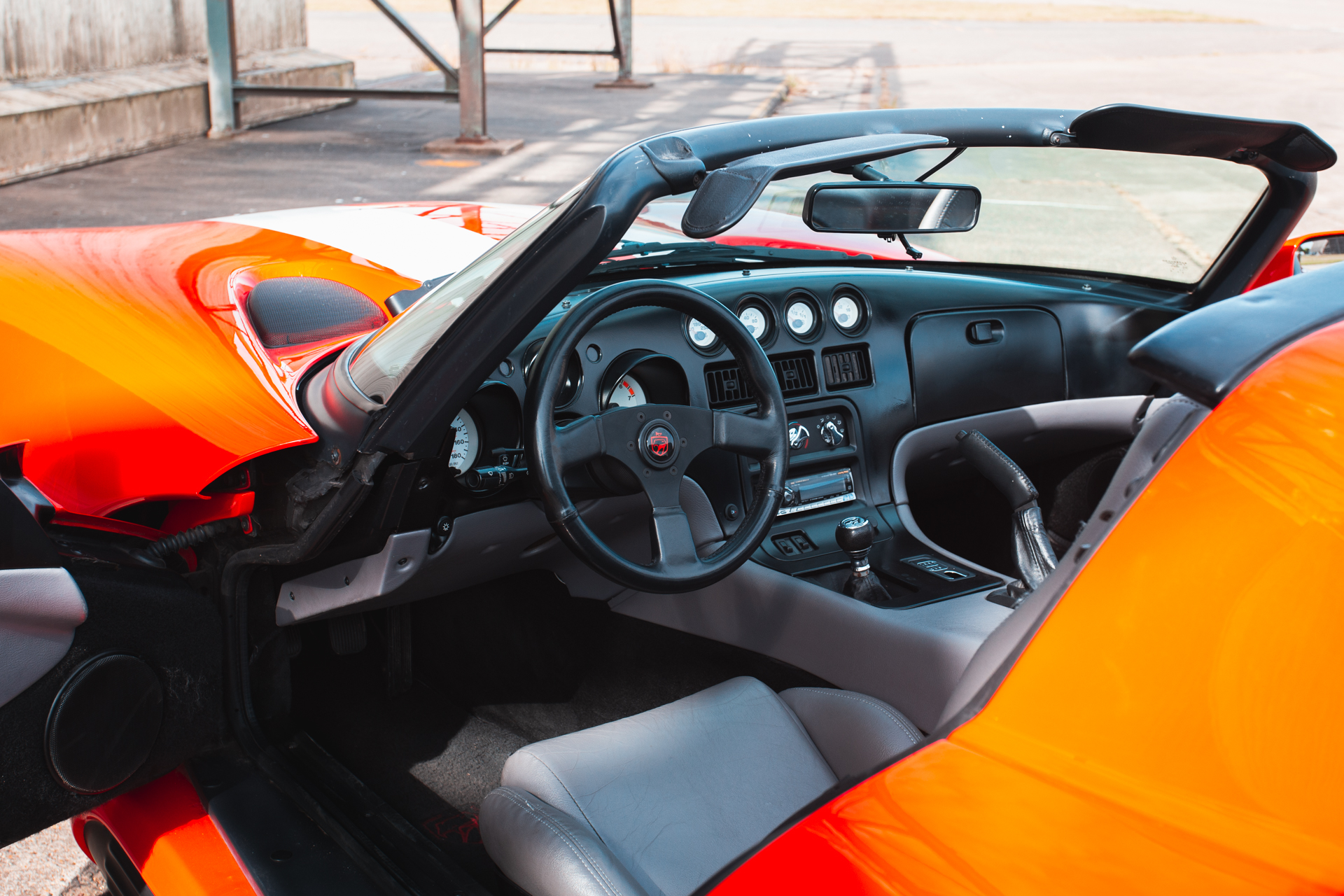
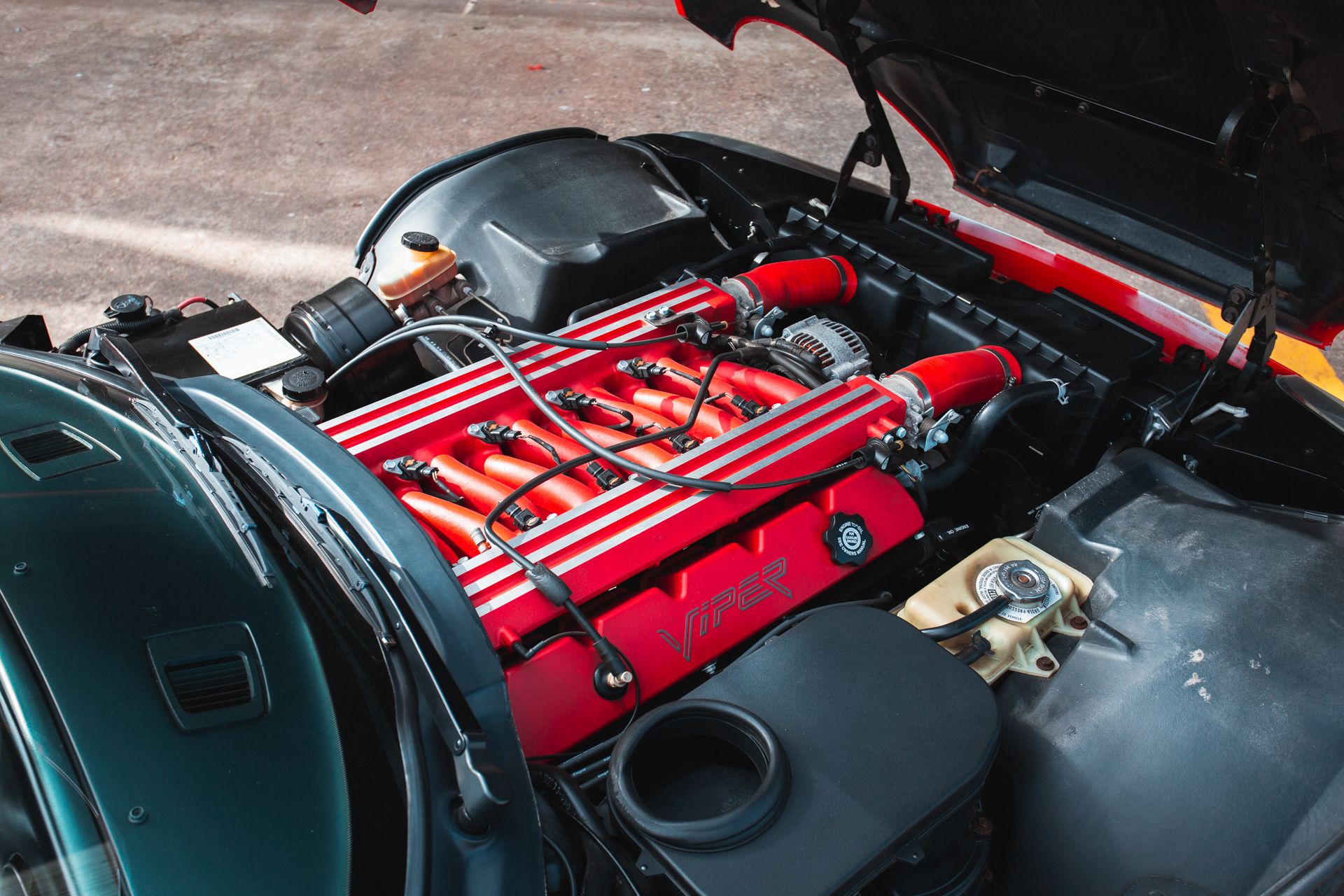
The Dodge Viper – One of the most iconic, raw and visceral supercars of the 1990s. But, why was it so barebones and hardcore? Well, to answer that we have to look back further into the early 1960s.
It all begins with one word. Another car which would become synonymous with its generation – The Cobra. Developed by Carol Shelby in the early 1960s, the Cobra would bring European styling and handling combined with American Muscle thanks to its new heart, a small-block Ford V8 which now sat in the nose of the nimble sports car.
Yes, the Viper is the spiritual ancestor to the legendary Cobra. Even its name is a reference to the sports car/ racer of the 1960s…
In 1988, Bob Lutz was the president of Chrysler (the parent company of Dodge) and underneath him was his Chief of Design Tom Gale. Over a series of conversations, the pair formed an idea to make a modern interpretation of that legendary roadster. The basis was simple, an elegant but imposing exterior styling with the all-important manual gearbox fitted to a monstrous engine. The American contingent could handle the engineering underneath the car, but for the exterior it would need a European flair.
To create the visual flair of the Viper, Chrysler turned to the best in the business at cars with a huge presence. Lamborghini. At the time, Chrysler owned the supercar manufacturer so the job of creating the Viper’s curvaceous and ample proportions was done in Italy. Meanwhile, the engineering team had decided on the engine for the project. It couldn’t be a V8, by that point it was almost a given that ”real” supercars had more than a V12 but what could they use?
Well, Dodge mentioned they had a V10 they could use… and that’s how it happened. To give the car ”heroic proportions” the Viper would be fitted with an 8-litre V10 that had originally been developed for use in the upcoming Ram Pickup Trucks. The engineering team took this concept and remade it in aluminium to keep the weight off the nose of the car which would send all of its 400BHP and 450lb/ft of torque directly at the rear wheels of the supercar.
This was the basis of one of the most legendary supercars in its own right.
The first generation of the car would break cover in 1991 as the official pace car at that year’s Indianapolis 500. Then, in 1992 the car would be shown at the Detroit Auto Show (home turf of Dodge) to massive applause and carrying its official name of the Viper RT/10. The final car would harken back to the days of the Cobra with absolutely no frills whatsoever. A removable canvas roof (later cars could be ordered with a full hard-top), pop-out windows and no airbags… The Viper RT/10 was all business but still had a decent stereo.
The big draw to the Viper by potential owners? That engine. European performance with American reliability, it was the perfect combination. To add to the driver-focused, total performance attitude of the RT/10 engineers removed the anti-lock brakes and traction control to put the driver in complete and total responsibility of this fanged beast. When you add together the lightweight bodywork and its tubular spaceframe underpinnings, paired with the ferocious drivetrain – The Viper RT/10 could, in the right hands, be launched from a complete standstill to 60 miles an hour in under 5 seconds. In the early 1990s, that was only achievable by the most serious of racecars and the highest echelons of the supercar world. If you were feeling brave enough, your courage firmly placed in your right foot and in the right situation you would see over 160MPH on its speedometer placed perfectly in the driver’s view.
Our 1995 Dodge Viper RT/10 comes towards the end of the production run – Just before the change over to 2nd generation. The original RT/10’s are regarded by many to be the most driver-focussed and emotive of all the generations of this Detroit supercar. And Bridge Classic Cars wants you to experience this rare and unique breed of the supercar.
Click here to get your tickets and enter the draw to win our 1995 Dodge Viper RT/10.
